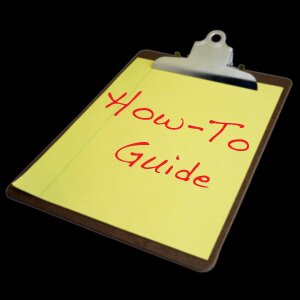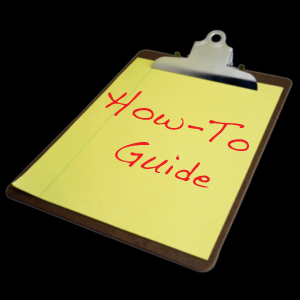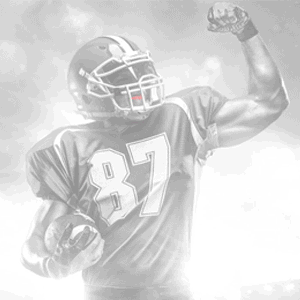Concussion Prevention: Your 6-Step Guide To Protecting Your Players (Part 1)

 A serious blow to the head has the potential to leave an athlete with significant physical and mental problems years after they’ve hung up their cleats, sneakers or skates. We see it far too often — most recently, it’s been the focal point of the NFL’s $765 million concussion settlement with former players — and the concussion issue doesn’t just pertain to high-priced professional athletes.
A serious blow to the head has the potential to leave an athlete with significant physical and mental problems years after they’ve hung up their cleats, sneakers or skates. We see it far too often — most recently, it’s been the focal point of the NFL’s $765 million concussion settlement with former players — and the concussion issue doesn’t just pertain to high-priced professional athletes.
Athletes at all levels, from pee wee to varsity, are susceptible to concussions and other serious brain injuries. As a coach, trainer and/or parent, it’s important that you take the appropriate steps to ensure the safety of your players.
There is no fool-proof plan to preventing concussions and no equipment is 100% concussion proof; but there are measures for you to take to lower the chance of your players sustaining a concussion.
1. Make sure you have the proper equipment
The first step in concussion prevention should be a no-brainer — though a little thinking goes a long way.
From helmets and facemasks to shoulder pads, it’s integral that every single athlete has the proper equipment they need when it’s time to step on the field, court or ice. That means all of your team’s equipment must meet the standards your league requires.
While shoulder pads won’t protect a player’s head, the player who wears an inferior pair of shoulder pads may tend to lead more with their head than their shoulders. That’s a potentially dangerous situation with very dangerous consequences.
Of course, don’t be afraid to do your own research in order to find the best possible equipment. With technology constantly advancing, sports equipment manufacturers are rapidly finding ways to better protect your players.
2. Make sure the proper equipment fits properly
Just as important as having the right equipment is making sure it fits correctly. In some cases, ill-fitting gear can be more dangerous than none at all.
Take mouthguards for example; a mouthguard that isn’t designed taking into account the individual structure of the player’s mouth may not be in the proper place when impact occurs. It could even fly out of the athlete’s mouth, leaving them unprotected and vulnerable.
With personalized mouthguards, your players get the precise protection they need that’s only available using the unique structure of their own mouths. And your players no longer have to go to a specially-trained dentist or orthodontist to get a custom-fit mouthguard.
3. It’s all about technique
Once your players have the correct equipment that fits appropriately, the next step in concussion prevention is mechanics. The most technologically advanced helmets and pads won’t provide your players much protection if they’re using improper techniques.
While we all want the tenacious heavy hitter on our team, it is important for athletes to know why, when and how to hit. Head-to-head contact is one of the most dangerous situations in sports and one that is easily avoided through proper training and hitting mechanics. The goal isn’t to hurt other players, but rather to stop them from scoring or to cause a turnover. And there’s a right and wrong way to accomplish that goal.
Make sure your athletes are trained to correctly deliver a hit for both their safety and those taking the contact. This is especially true for younger athletes, as bad habits are hard to break. Teaching the correct techniques for hitting, tackling and absorbing impact at an early age is an easy way to give your players a lifetime of protection.
Check back Thursday for the continuation of this post and steps 4-6 of our Concussion Prevention Guide.
Protect your athletes with a comfortable, high-performance Gladiator Custom Mouthguard, the industry-leader in custom mouthguards.






